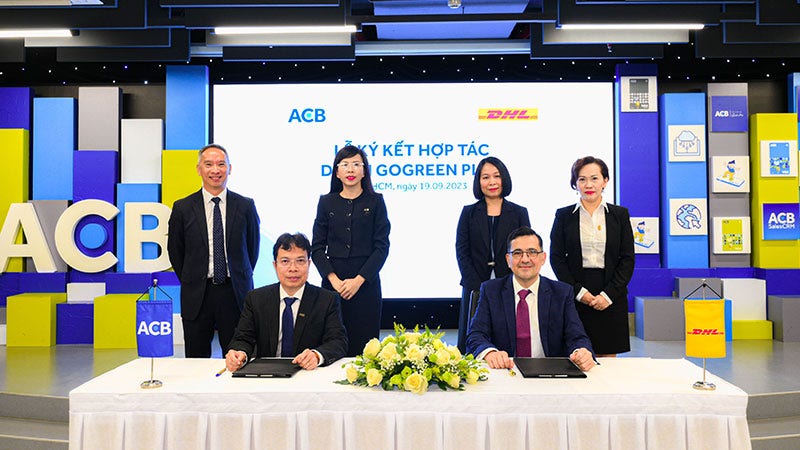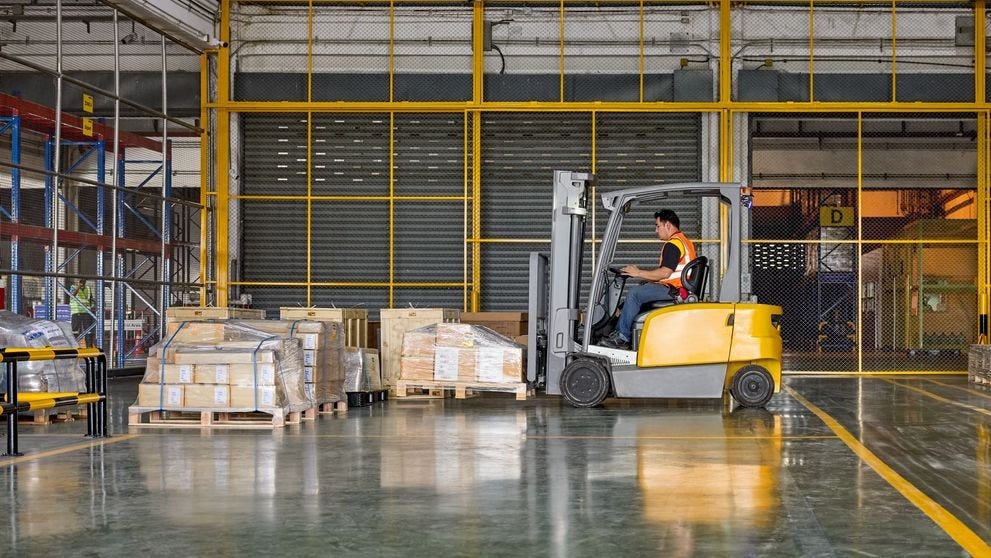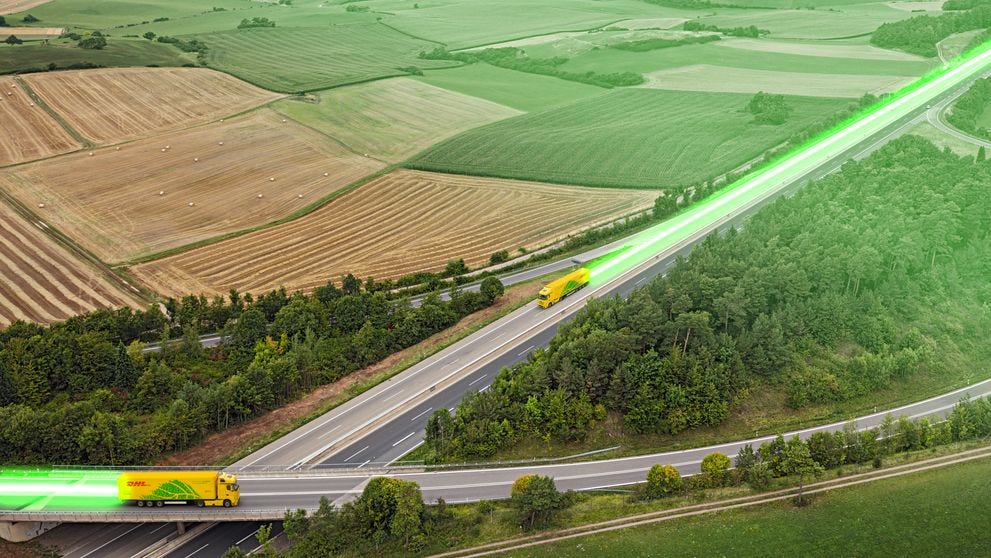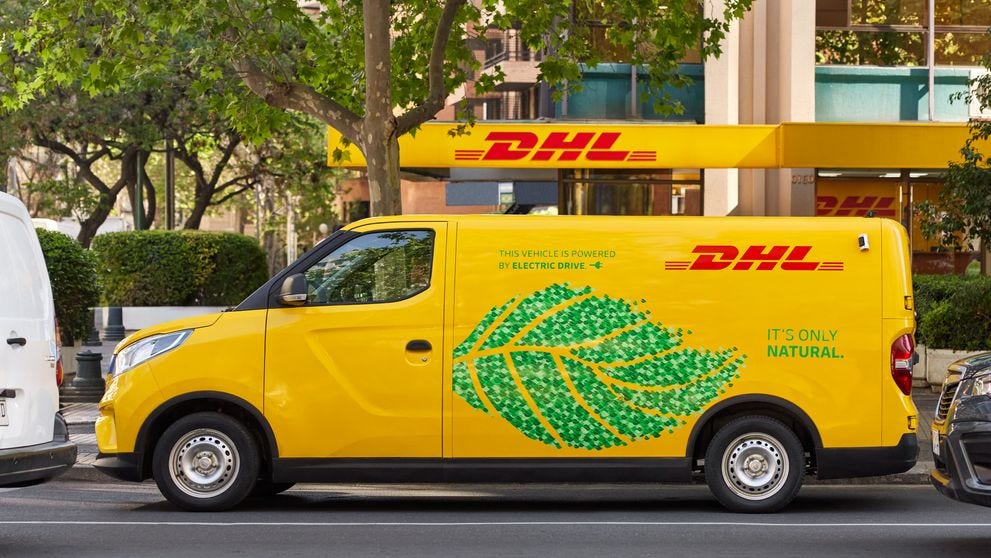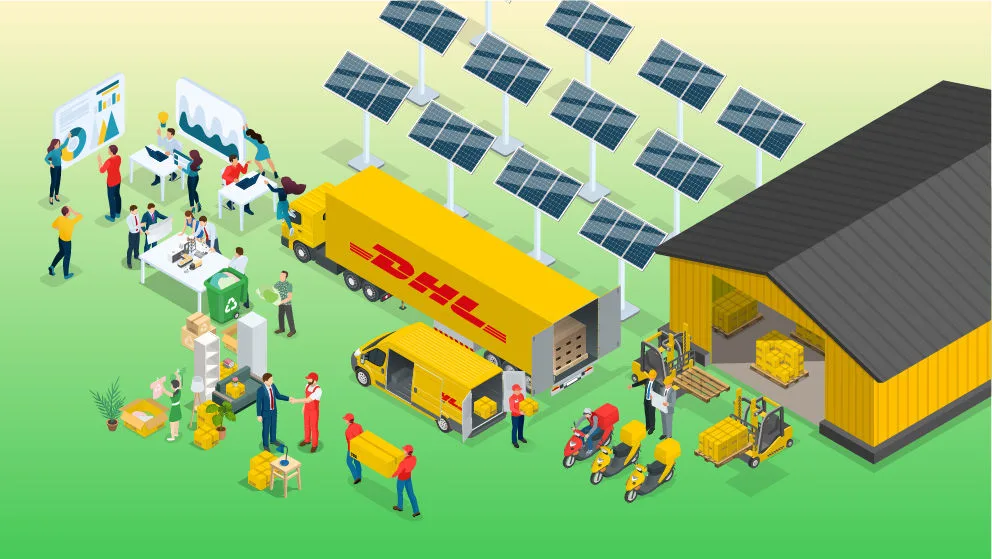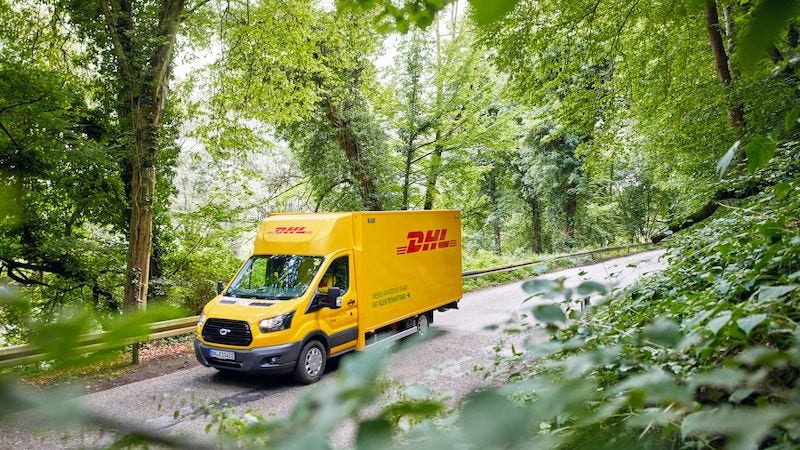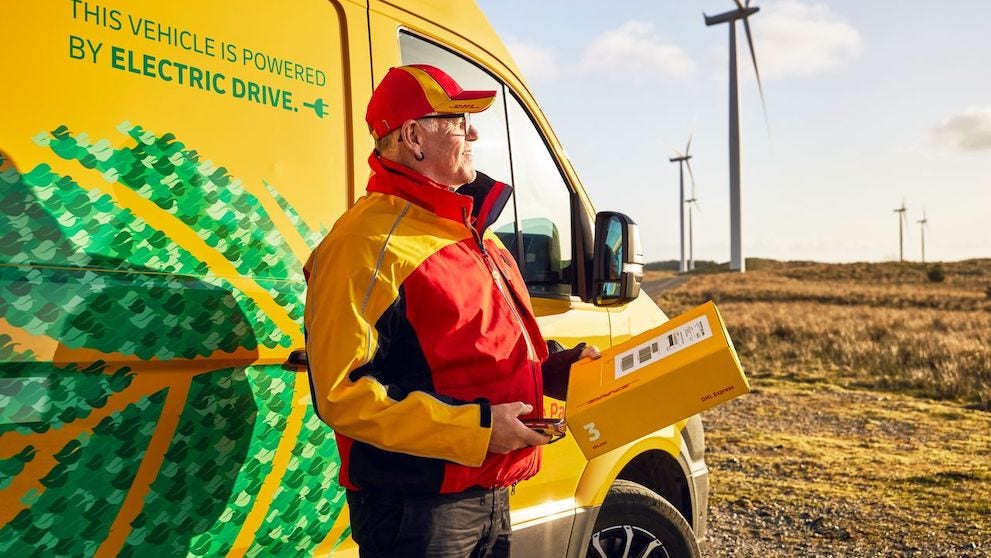Vietnam is strengthening its national decarbonization initiatives, with recent advancements being its participation in the Global Methane Pledge at COP26 with 147 other countries1 and the release of the Viet Nam Energy Outlook Report – Road to Net Zero (EOR-NZ)2 containing practical roadmaps towards its goal of net-zero emissions by 20253.
For businesses operating in Vietnam, this means increasing pressure to address their environmental impact—particularly concerning greenhouse gas (GHG) emissions.
The first step businesses can take to manage and mitigate their contribution to climate change is to have a clear understanding of how GHG emissions are categorized, which will then shape the strategies and approaches they can take to lower emissions.
The most common framework for understanding and categorizing GHG emissions today is Scope 1, 2, and 3 emissions, adapted from the Greenhouse Gas Protocol4. A rough definition of these three scopes is as follows:
- Scope 1: Direct emissions originating from sources owned or controlled by a company or reporting organization. This includes fuel combustion in company-owned vehicles, emissions from on-site industrial processes, and fugitive emissions.
- Scope 2: Indirect emissions, specifically those associated with purchased energy (primarily electricity).
- Scope 3: The broader spectrum of indirect emissions across the value chain, both upstream and downstream. This is often the largest and most complex category as it originates from assets and sources not owned by the company or reporting organization but which still indirectly impacts its value chain.
Adopting a comprehensive and holistic sustainability strategy for one’s business requires addressing all three scopes. This ensures a thorough evaluation of a business's environmental impact, especially for those engaged in overseas shipping from Vietnam. For instance, while a Vietnamese e-commerce company might have lower Scope 1 emissions compared to brick-and-mortar shops, it might have higher Scope 3 emissions due to international shipping and courier services.
Read on to find out more about Scope 1, 2, and 3 emissions and how businesses and organizations can take steps to reduce their GHG emissions and carbon footprint.
Scope 1 emissions: lessening your direct impact
For businesses in Vietnam, Scope 1 emissions typically derive from several operational sources. Notable contributors include:
- Transportation: Emissions resulting from fuel consumption by company-owned vehicles like delivery trucks, motorbikes, and cars, particularly due to the dominance of motorbikes on the road.
- Manufacturing: Emissions resulting from industrial processes, machinery, and equipment used across Vietnam’s key import and export industry, notably in the rapidly growing textiles and electronics manufacturing sectors.
- Agriculture: Emissions linked to livestock management, fertilizer application, and rice cultivation, amongst other processes.
- Fugitive emissions: Leaks from refrigerants and air conditioning systems, which are common in commercial and industrial settings.
Potential strategies to reduce Scope 1 emissions in Vietnam
Businesses can implement tangible strategies to reduce these Scope 1 emissions, such as:
- Transitioning to alternative fuels: Utilizing biodiesel or electric power can help decrease transportation-related emissions. The Vietnamese government has even piloted a carbon credit project for electric motorbikes5, offering incentives to encourage adoption.
- Investing in energy-efficient industrial equipment: Upgrading machinery can minimize process emissions. For example, implementing variable frequency drives (VFDs) can reduce energy consumption in motors.
- Exploring on-site renewable energy generation: Installing solar power panels to lessen reliance on fossil fuels.
- Establishing rigorous leak detection and repair protocols: Implementing regular checks on refrigerant systems can help to minimize fugitive emissions.
Scope 2 emissions: opting for cleaner energy sources
Scope 2 emissions for businesses in Vietnam primarily stem from the consumption of purchased electricity. As Vietnam's energy demand continues to rise, it's crucial for businesses to adopt cleaner energy sources in order to ameliorate their carbon footprint.
Potential strategies to reduce Scope 2 emissions in Vietnam
Businesses can consider the following strategies to reduce their Scope 2 emissions:
- Increasing the use of renewable energy through direct procurement or green power programs: This could involve purchasing renewable energy certificates (RECs) or entering into power purchase agreements (PPAs) with renewable energy providers.
- Improving energy efficiency in buildings and facilities: Adopting measures such as insulation, efficient lighting, and smart building management systems. For instance, using double-glazed windows and occupancy sensors for lighting.
- Switching to energy-efficient lighting and appliances: Using LED lighting and high-efficiency HVAC systems not only reduces emissions but also lowers operational costs.
Scope 3 emissions: collaborating with partners for a sustainable value chain
Scope 3 emissions often constitute the most substantial segment of a company or organization’s carbon footprint. A 2023 report even estimates they may constitute over 90% of an organization’s value chain6, reflecting the need for a strong approach to decreasing Scope 3 emissions.
Key sources of Scope 3 emissions for businesses in Vietnam include:
- Procurement: Emissions associated with the production and transport of purchased goods and services.
- Upstream and downstream logistics: Emissions from the shipping and transportation of raw materials and components as well as finished products, both within Vietnam and overseas.
- Waste: Emissions resulting from waste disposal and treatment.
- Travel: Emissions from business travel, employee commuting, and other similar activities.
- Product lifecycle: Emissions associated with the use and end-of-life treatment of products sold by the company.
Potential strategies to reduce Scope 3 emissions in Vietnam
To address Scope 3 emissions, businesses need to collaborate with their suppliers, customers, and other stakeholders. Strategies may include:
- Engaging with suppliers to promote sustainable practices: This could involve setting sustainability targets, conducting supplier audits, and providing training on sustainable practices.
- Collaborating with customers to optimize logistics and reduce transportation emissions: This could involve consolidating shipments, optimizing delivery routes, and using more sustainable transportation modes.
- Encouraging sustainable commuting options for employees: Promoting options such as carpooling, public transportation, and cycling.
- Designing products for circularity: Promoting responsible waste management and recycling at every stage of a product life cycle.
Take the first step to reducing your Scope 3 emissions with DHL GoGreen Plus


